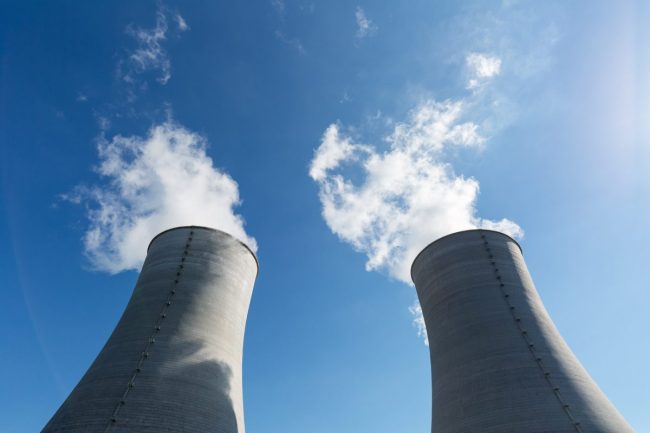Different Cooling Tower Types
If you are searching online for “cooling tower types,” then this post is for you! We will go over the five of the most commonly used tower types, including crossflow, counterflow, forced draft, induced draft and factory assembled devices. Crossflow Cooling Towers Because of its design, crossflow cooling towers force the hot process water to…










